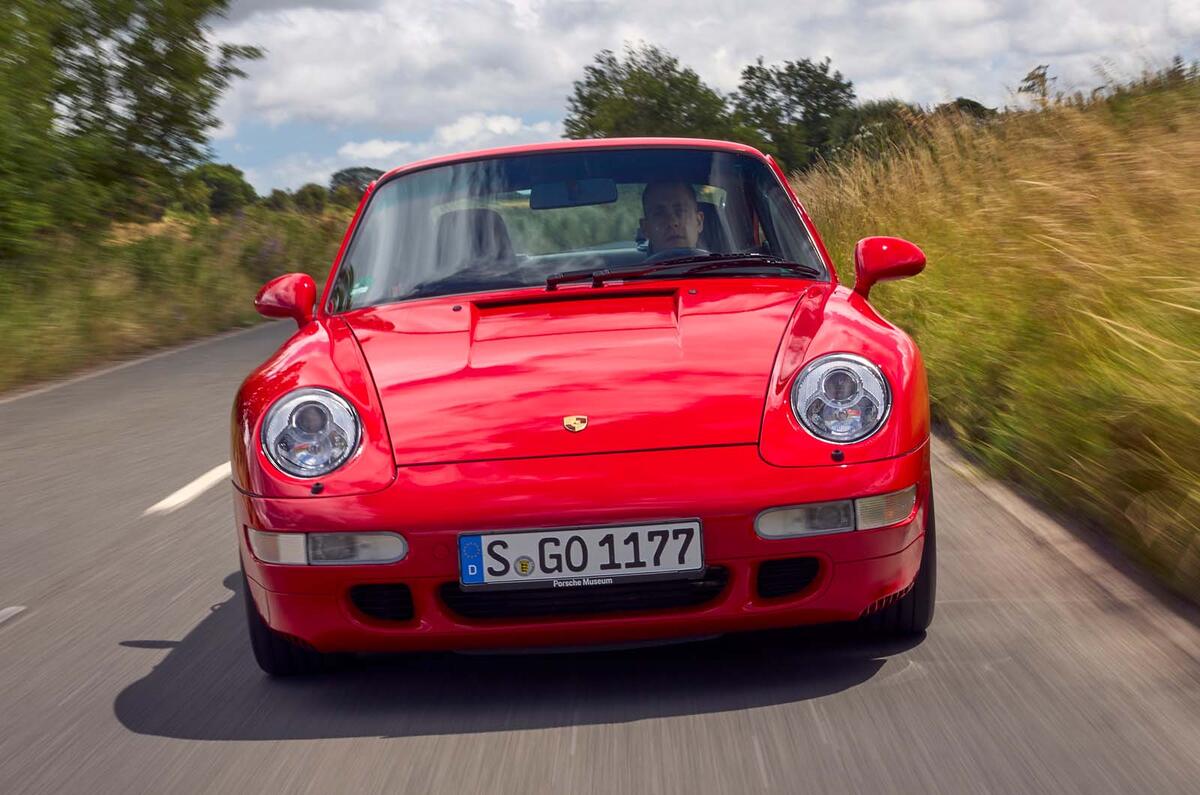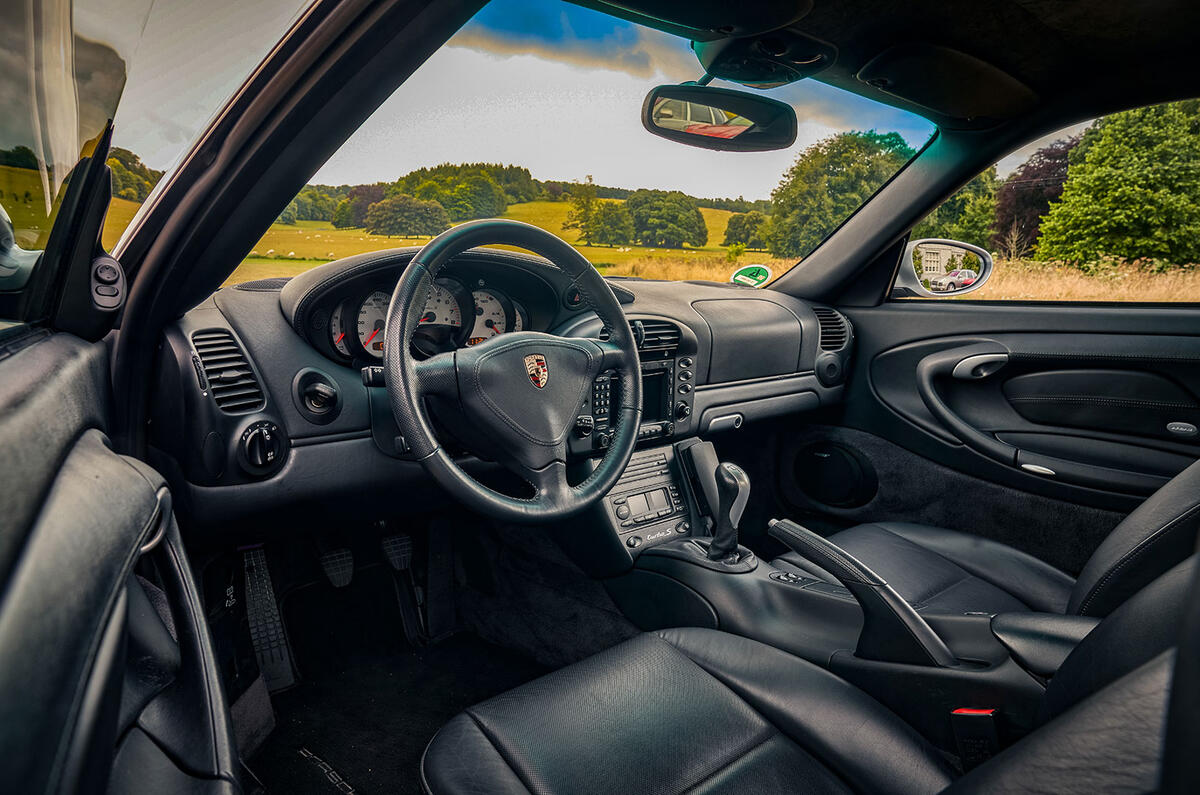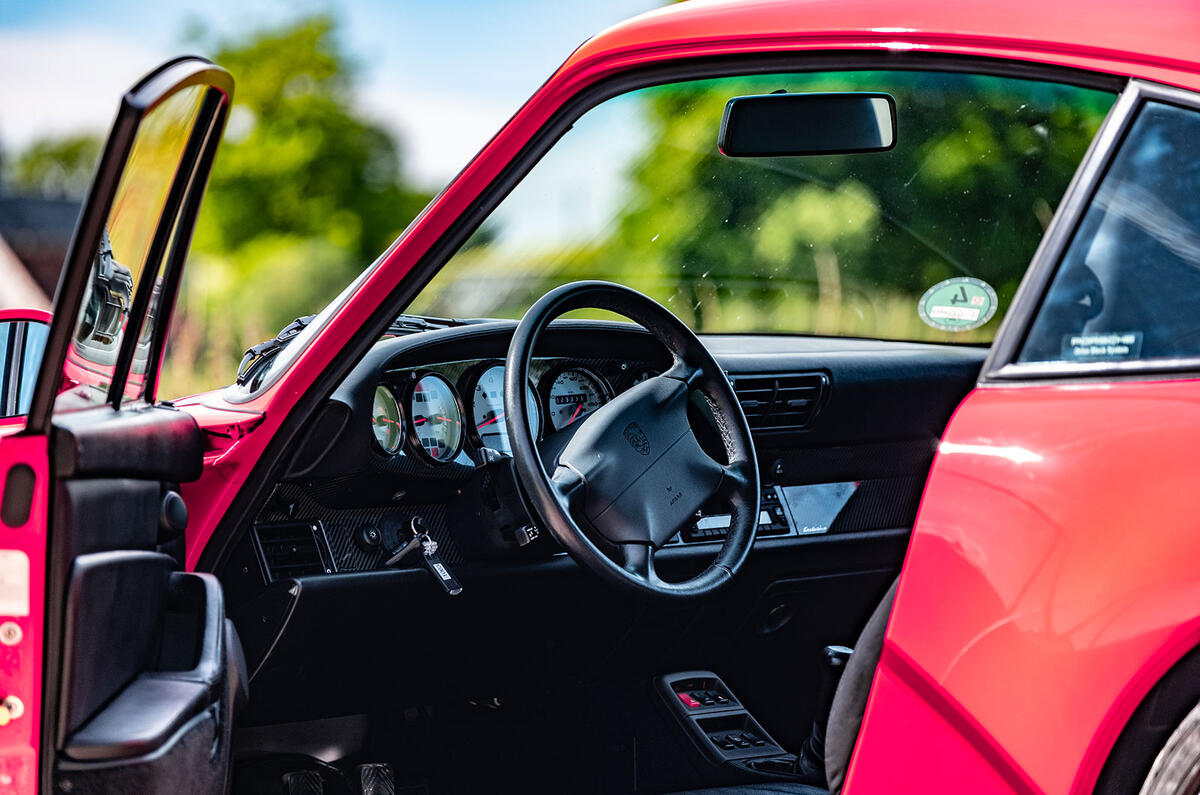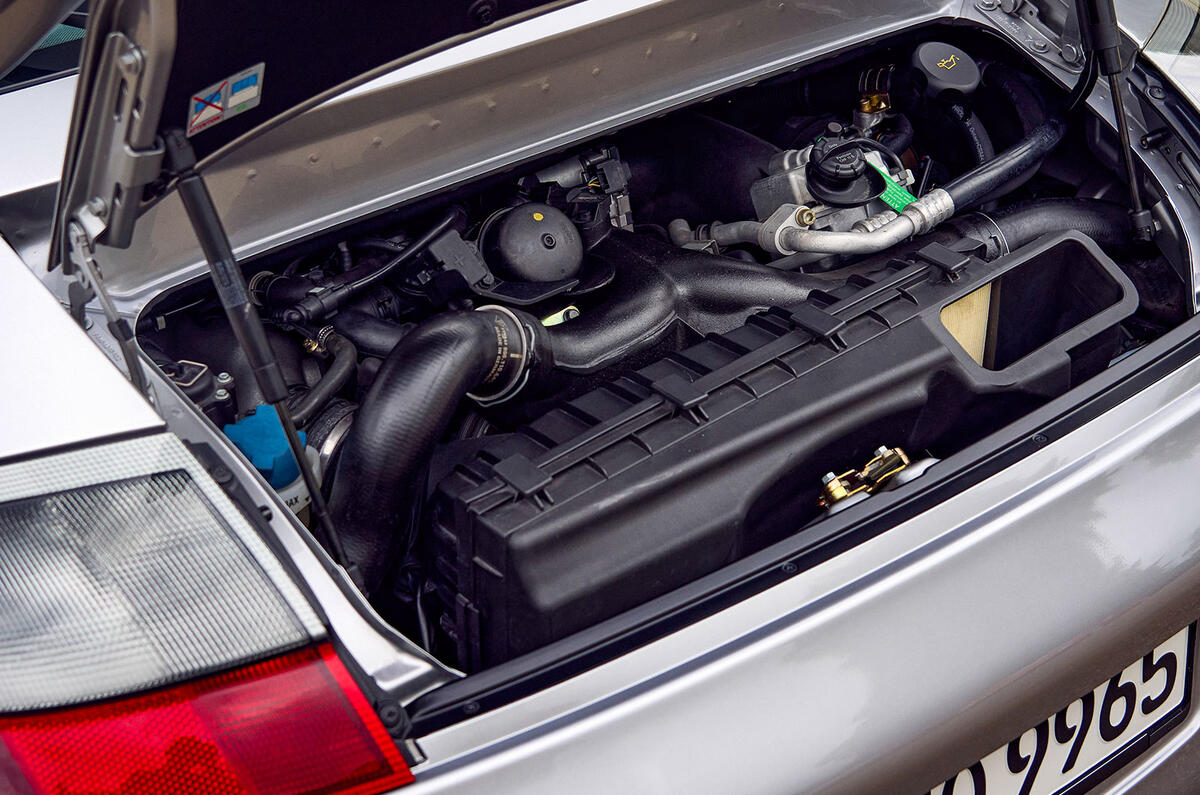Bruntingthorpe, 20 years ago or so.
It’s the day of Autocar’s 0-100-0 showdown, and a nasal-sounding Porsche 911 with crescent-shaped cutouts in its flanks has just split the difference between two cars that, by comparison, are so ‘super’ they may as well have turned up wearing capes.
One of them is a flyweight Pagani costing three times as much as the Porsche. It has, by the lacquer of its carbon clamshell, escaped with dignity intact, wailing to 100mph and back with 1.18sec to spare over the Porsche.
Not so spared are the blushes of the Murciélago. The Lamborghini has twice the piston-count of the Porsche and a kerbside malevolence that renders the German coupé all but invisible. Yet it gets eaten alive. Beaten to 30mph, then to 50mph. By 100mph the delta is wider still. Twisting the blade, the 911 stops harder, underscoring its status as everyone’s favourite giant-slayer of the early noughties.
For your barely teenage scribe, gripped by the resulting report in the magazine (25 September 2002 if you're interested), this was real heroic stuff from a little 911.
As if the speed alone – still a much-admired commodity in 2002 – wasn’t enough, the Porsche’s aura was enhanced by it being so obviously the underdog, and by it being considerably more relatable than the V12 exotics. Anybody, even a 13-year-old in Cardiff, could head to their nearest dealer and ogle one of these freakish, Clark Kent-esque creations – and perhaps even slide behind the dials for a moment or two, if you asked nicely enough.

As for the silver 996-generation Porsche 911 Turbo S at the heart of the story, the Bruntingthorpe dusting of at least one blue-blooded Italian was merely business as usual. Punching up is a hereditary trait for a 911 Turbo.


















































Join the debate
Add your comment
Saw a forty year old 911 today,looks tiny compared to today's Porsche, I still liked it though.
Lambos are for poseurs. Porsches are for drivers.
The Whale tail is what sparked my life long interest in Porsche, I never actually drove one till about six years ago at a Trackday, it was an old GT3 with a manual box, it drove nicely, it was as if I'd known the car all my life it was so easy to drive.